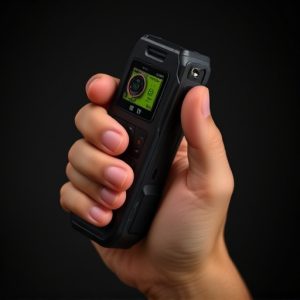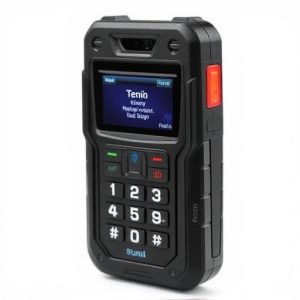Stun Guns Disguised as Phones: Spotting Concealed Threats & Ethical Dilemmas
The self-defense industry has seen a surge in innovative tools, with stun guns disguised as cell pho…….
The self-defense industry has seen a surge in innovative tools, with stun guns disguised as cell phones gaining popularity for their discretion and aesthetic appeal. While these products cater to growing safety concerns, they also present challenges in detection and raise ethical questions regarding privacy. The ability of these stun guns to bypass security measures and the lack of distinct contours make them hard to identify using traditional metal detectors or imaging systems. This has led to a focus on developing advanced technologies, such as AI-powered sensors and improved metal detectors, to detect concealed weapons like stun guns disguised as cell phones. Balancing personal safety and privacy is crucial as society adapts to this new form of self-defense technology.
In an era where technology advances rapidly, the proliferation of stun guns disguised as everyday items, such as cell phones, raises significant public safety concerns. This article delves into the growing issue of concealed stun guns that mimic legitimate mobile devices. We explore current detection technologies, their limitations, and the broader implications for law enforcement and privacy. Additionally, we discuss ethical considerations and potential solutions to enhance safety while navigating technological innovations.
- The Rise of Stun Guns Disguised as Cell Phones
- Concealed Weapon Detection: Current Technologies and Their Limitations
- The Impact on Public Safety and Law Enforcement
- Ethical Considerations and Privacy Concerns
- Potential Solutions and Future Prospects for Detection
The Rise of Stun Guns Disguised as Cell Phones
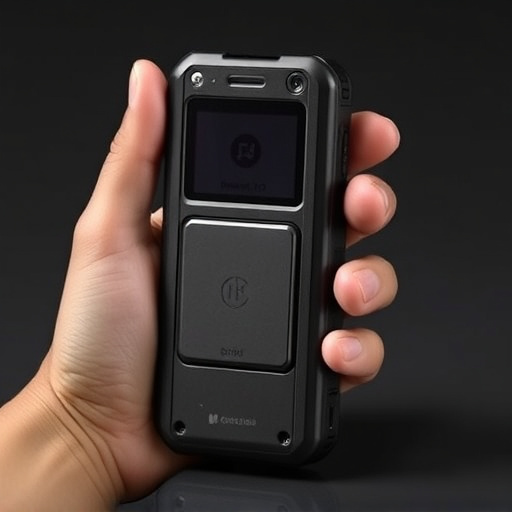
In recent years, the landscape of self-defense has evolved significantly with the emergence of innovative and often subtle tools designed to protect individuals in unexpected situations. Among these advancements, stun guns disguised as cell phones have gained attention due to their unique design—a compact and unassuming form factor that makes them easy to carry and conceal. These devices offer a level of discretion never before seen in personal defense equipment, allowing users to maintain an air of normalcy while retaining the capability to deter or subdue attackers with a powerful electric shock.
The popularity of these stun guns that look like cell phones can be attributed to both their functionality and aesthetic appeal. Their sleek design mimics contemporary smartphone models, making them nearly indistinguishable from regular mobile devices. This clever disguise serves as a strategic advantage in potentially life-threatening scenarios, providing users with an effective tool without drawing unwanted attention. As personal safety becomes a growing concern, such innovative products cater to the need for discreet yet powerful self-defense solutions.
Concealed Weapon Detection: Current Technologies and Their Limitations
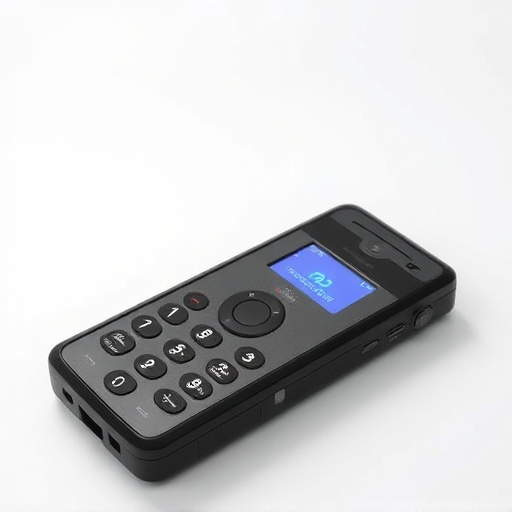
The development of concealed weapon detection technologies, particularly for stun guns disguised as everyday items like cell phones, has been a growing area of interest. These innovative tools aim to enhance security by identifying potentially harmful devices before they can be used. However, the current landscape presents both promising advancements and significant challenges.
One prominent technology in use is metal detection and advanced imaging, which can identify metallic objects under clothing. While effective against traditional firearms, these systems often struggle with the unique properties of stun guns that mimic the shape and size of a cell phone. The smooth, non-metallic surfaces and lack of distinct contours make them harder to detect, raising concerns about their reliability in practical settings. Additionally, privacy advocates highlight the ethical dilemmas surrounding the widespread implementation of such technologies, especially in public spaces.
The Impact on Public Safety and Law Enforcement

The proliferation of stun guns disguised as everyday items, such as cell phones, raises significant concerns for public safety and law enforcement. These concealed weapons can easily bypass security checks, leading to potentially dangerous situations where individuals armed with a stun gun that looks like a cell phone could cause panic or even harm without raising suspicion. Law enforcement agencies face the challenge of identifying these devices, which can be particularly tricky as they are designed to mimic legitimate electronics.
The impact on public safety is profound, as unauthorized individuals could wield such weapons in crowded places, schools, or government buildings, causing widespread chaos. Law enforcement officials may struggle to respond effectively during incidents involving stun guns that look like cell phones, hindering their ability to maintain order and protect the public. This new reality demands innovative strategies and advanced training for security personnel to detect and mitigate the risks associated with these hidden, yet potent, devices.
Ethical Considerations and Privacy Concerns

With the advent of stun guns disguised as everyday items, such as cell phones, comes a complex web of ethical considerations and privacy concerns. While the concept of a concealed defense device may appeal to individuals seeking personal safety, it raises questions about potential misuse and unintended consequences. One primary concern is the blurring line between self-defense and aggressive behavior, as these hidden weapons could facilitate unprovoked attacks without clear evidence of their use.
Privacy is another critical aspect, particularly with technology that allows users to remain anonymous. If such stun guns become widely available, it may lead to surveillance and tracking issues, especially if they leave digital traces on their path to neutralizing a perceived threat. Striking a balance between personal safety and preserving privacy will be essential as society navigates this new frontier in self-defense technology.
Potential Solutions and Future Prospects for Detection
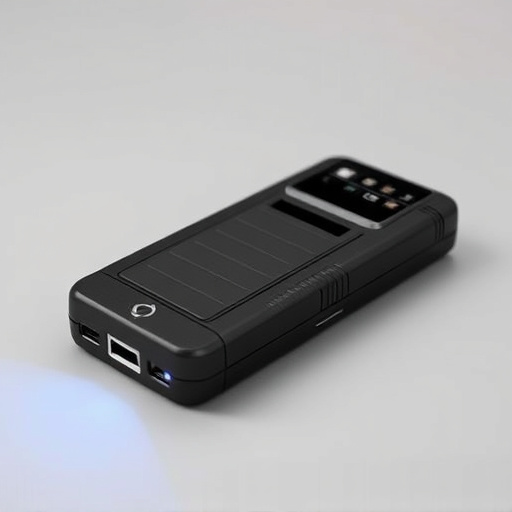
In addressing the concern of concealed stun gun detection, potential solutions lie in technological advancements and innovative design. One promising approach is the development of advanced metal detectors capable of identifying not just metallic objects but also non-metallic items like those made from high-tech composite materials. These devices could be integrated into security systems at public venues, transportation hubs, and government buildings, enhancing their ability to detect hidden stun guns that look like cell phones or other everyday objects.
Looking ahead, the future of stun gun detection holds exciting possibilities. Researchers are exploring artificial intelligence (AI) and machine learning algorithms that can analyze sensor data from a variety of sources to predict and identify potential threats. Additionally, wearable technology equipped with advanced sensors could provide real-time monitoring for security personnel. Such integrations not only improve accuracy but also speed up response times, ensuring safer public spaces.
As the prevalence of stun guns disguised as cell phones continues to rise, it becomes increasingly imperative to address the concerns surrounding their detection. While current technologies have some success in identifying these concealed weapons, they are not foolproof due to rapid technological advancements. The impact on public safety and law enforcement is significant, necessitating a balance between personal privacy and security. Ethical considerations must be taken into account as we explore potential solutions, such as advanced imaging techniques and improved artificial intelligence algorithms. Future prospects for detection rely on interdisciplinary collaboration and ongoing research, aiming to create more effective and less invasive methods to ensure public safety without infringing upon individual freedoms.

